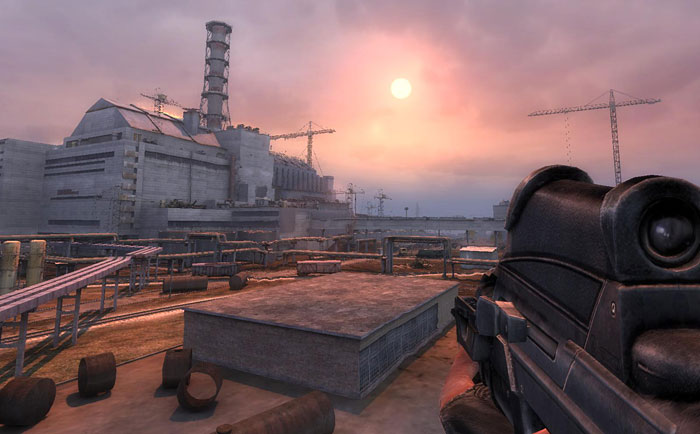13 - Game Performance: 3Dmark Vantage | S.t.a.l.k.e.r.
3DMark Vantage (DirectX 10)
3DMark Vantage focuses on the two areas most critical to gaming performance: the CPU and the GPU. With the emergence of multi-package and multi-core configurations on both the CPU and GPU side, the performance scale of these areas has widened, and the visual and game-play effects made possible by these configurations are accordingly wide-ranging. This makes covering the entire spectrum of 3D gaming a difficult task. 3DMark Vantage solves this problem in three ways:
1. Isolate GPU and CPU performance benchmarking into separate tests,
2. Cover several visual and game-play effects and techniques in four different tests, and
3. Introduce visual quality presets to scale the graphics test load up through the highest-end hardware.
To this end, 3DMark Vantage has two GPU tests, each with a different emphasis on various visual techniques, and two CPU tests, which cover the two most common CPU-side tasks: Physics Simulation and AI. It also has four visual quality presets (Entry, Performance, High, and Extreme) available in the Advanced and Professional versions, which increase the graphics load successively for even more visual quality. Each preset will produce a separate, official 3DMark Score, tagged with the preset in question.
The graphics tests have four quality presets available: Entry, Performance, High and Extreme. Each preset specifies a certain setting for the rendering options listed in section 5.6. The graphics load increases significantly from the lowest to the highest preset. The Performance preset is targeted for mid-range hardware with 256 MB of graphics memory. The Entry preset is targeted for integrated and low-end hardware with 128 MB of graphics memory. The higher presets require 512MB of graphics memory, and are targeted for high-end and multi-GPU systems.
3DMark Vantage is obviously fresh from the shelves. Recent developments in NVIDIA PhysX features however render the standard "P" score pretty useless. So we focus only at the GPU score which is an excellent representation of GPU scaling (and also what you should focus on to determine which graphics card is faster/slower).
The GTX+ models will score roughly 6000 points, and near 11000 points in SLI. And for 3DMark06 the score would be roughly 13500 points.

Gaming: S.T.A.L.K.E.R. - Shadow of Chernobyl
Shortly after another disaster in Chernobyl, the authorities surround the area with the Russian equivalent of the U.S. National Guard, and they begin to hear weird screams and rumblings coming from within. After a while though, most of them are returned to earlier posts. Curiosity gets the better of some people, so they sneak into the 30-kilometer area to do some good old-fashioned investigating. These people are called Stalkers, and they report back to the authorities with their findings.
The 3D engine shines in a few key areas, all crucial in shaping the game's atmosphere. It's got a huge draw distance, which leads to the palpable feeling that this is a big world. Lighting and shadowing are its other big strengths. For this benchmark we have the in-game settings at maximum (AA/AF enabled), Dynamic lighting was enabled.
Image Quality setting:
- In-game Software Anti Aliasing enabled
- 16x anisotropic filtering
- Dynamic lighting enabled
Stalker we set at maximum quality settings, we enable everything possible, also dynamic lighting. S.T.A.L.K.E.R. does not support hardware anti-aliasing, yet uses a software applied method which is enabled as well. The GTX+ SLI Hydra and CF 4850 are dead on.
By the way, mind you that throughout the benchmarks you will notice that in pretty much any situation Hydra is faster than one GTX 280. That's something to think about.

